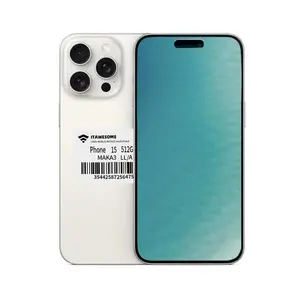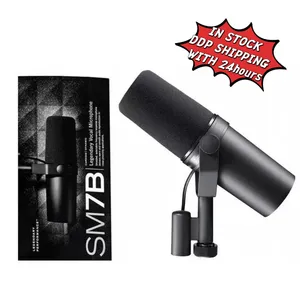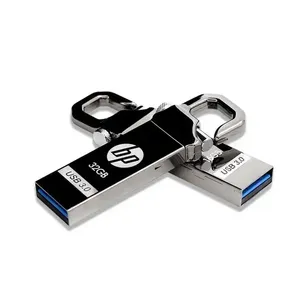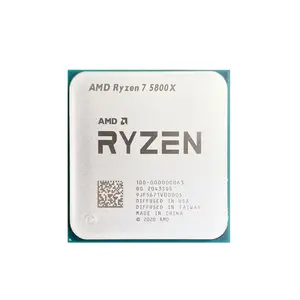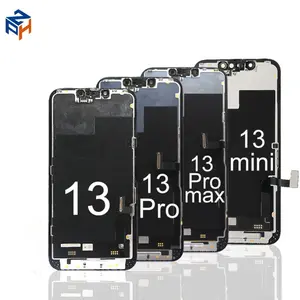Phổ biến trong ngành của bạn

Blunith đạn đạo máy tính lrf Red Dot an ninh phạm vi Hình ảnh nhiệt
1.400,00 US$
Đơn hàng tối thiểu: 50 Cái
Vận chuyển mỗi chiếc: 5,74 US$


35mm Ống kính độ nhạy cao được làm mát gige tầm nhìn lwir nhiệt tưởng tượng ánh sáng thấp CMOS máy ảnh để đo nhiệt độ
4.850,00 US$ - 4.920,00 US$
Đơn hàng tối thiểu: 2 Cái


OEM Cảm Biến Webcam Hồng Ngoại Nhìn Đêm Hồng Ngoại HD 1080P OV5640 5MP MJPEG 30 Khung Hình/Giây USB Mô Đun Máy Ảnh Mini Cho Android
8,00 US$ - 11,00 US$
Đơn hàng tối thiểu: 1 Cái


Cho Sony IMX IMX377 cảm biến 30fps 12MP 4K HD USB Drone máy ảnh mô-đun
27,00 US$ - 31,00 US$
Đơn hàng tối thiểu: 3 Cái
Vận chuyển mỗi chiếc: 6,02 US$


Oem dài khoảng cách nhiệt hình ảnh bằng một mắt chuyên nghiệp tầm nhìn ban đêm tầm nhìn
975,00 US$ - 1.000,00 US$
Đơn hàng tối thiểu: 100 Cái
Vận chuyển mỗi chiếc: 0,61 US$


1300m phạm vi phát hiện UAV playload 256x192 Drone nhiệt hình ảnh mô-đun hồng ngoại Camera nhiệt cho dron Mavic 3 FPV Analog
210,00 US$ - 254,00 US$
Đơn hàng tối thiểu: 10 Đơn vị
Vận chuyển mỗi chiếc: 4,69 US$

FPV nhiệt hình ảnh máy ảnh 526/640 sóng dài hồng ngoại cơ thể con người cảm biến micro nhiệt hình ảnh mô-đun
200,00 US$ - 320,00 US$
Đơn hàng tối thiểu: 2 Sào
Vận chuyển mỗi chiếc: 12,41 US$

FPV nhiệt hình ảnh máy ảnh 256/388/640 sóng dài hồng ngoại cơ thể con người cảm biến thu nhỏ nhiệt hình ảnh mô-đun
290,00 US$ - 420,00 US$
Đơn hàng tối thiểu: 10 Cái
Vận chuyển mỗi chiếc: 7,03 US$

Foxeer ft256 Analog CVBS máy ảnh nhiệt FPV drone máy ảnh kết nối với truyền video
400,00 US$ - 450,00 US$
Đơn hàng tối thiểu: 1 Bộ

Foxeer ft384 V2 nhiệt FPV drone máy ảnh Analog CVBS với CNC trường hợp 384x288 tầm nhìn ban đêm imar video máy ảnh cho RC Racing bay không người lái"
1.999,00 US$
Đơn hàng tối thiểu: 1 Bộ
Vận chuyển mỗi chiếc: 54,99 US$

Foxeer ft384 V2 nhiệt FPV drone máy ảnh Analog CVBS với CNC trường hợp 384x288 tầm nhìn ban đêm imar video máy ảnh cho RC Racing bay không người lái"
1.999,00 US$
Đơn hàng tối thiểu: 1 Bộ
Vận chuyển mỗi chiếc: 47,27 US$

Hồng ngoại nhiệt Camera chụp ảnh cho FPV traversing mô hình máy bay Drone phụ kiện
194,00 US$ - 236,00 US$
Đơn hàng tối thiểu: 10 Cái
Các danh mục hàng đầu
Giới thiệu về máy ảnh nhiệt fpv
Alibaba.com cung cấp các sản phẩm 1725 máy ảnh nhiệt fpv. Có rất nhiều máy ảnh nhiệt fpv lựa chọn dành cho bạn, chẳng hạn như không thấm nước, không thấm nước/weatherproof, và tầm nhìn ban đêm. Bạn cũng có thể chọn từ oem, odm, và biểu tượng tùy chỉnh máy ảnh nhiệt fpv. Cũng như từ dvr, sd thẻ, và bộ nhớ thẻ máy ảnh nhiệt fpv.Và bất kể máy ảnh nhiệt fpv là ngoài trời, trong nhà.
